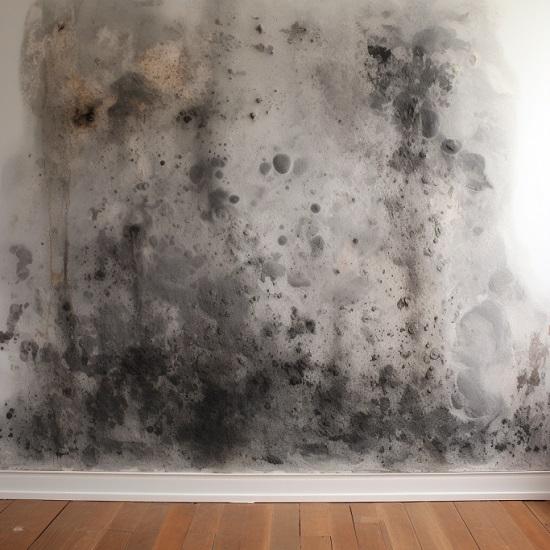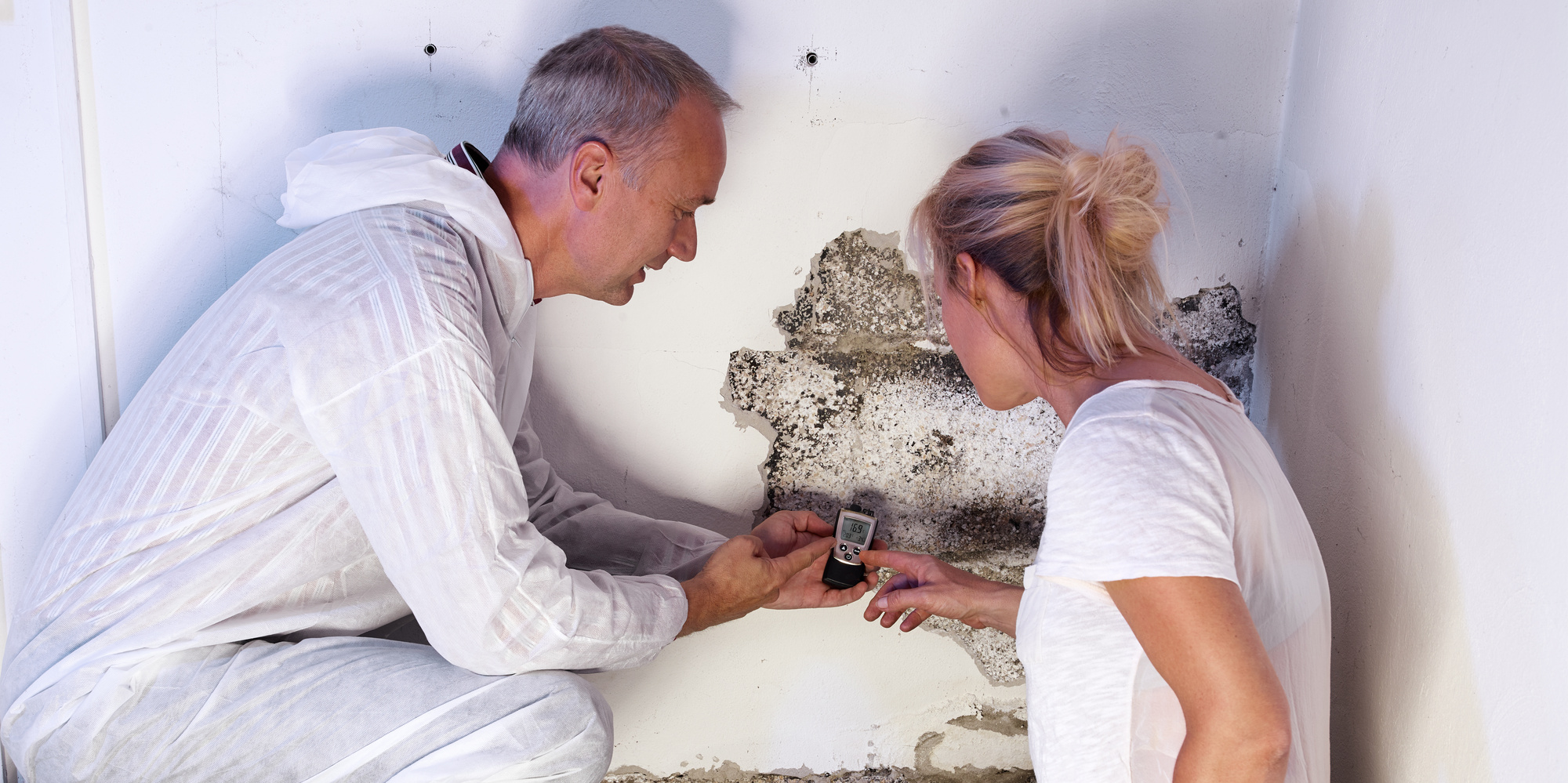Accessing Neighborhood Post Remediation Mold Testing Near Me
Wiki Article
Expert Tips for Article Mold And Mildew Remediation Success
In the world of mold removal, efficiently getting rid of mold and mildew is only half the fight; the true obstacle lies in avoiding its reappearance. By sticking to experienced tips and ideal practices, people can protect their areas against mold and mildew rebirth and keep a healthy indoor atmosphere.
Monitor Humidity Degrees Routinely
After finishing mold remediation treatments, preserving optimum moisture degrees is essential to stop mold re-growth and make sure a healthy and balanced indoor environment. High moisture degrees above 60% develop a conducive setting for mold and mildew to prosper, making regular monitoring a positive step to stop any future mold issues.Utilizing hygrometers or dampness meters can aid in precisely determining humidity degrees in different areas of the residential or commercial property. These devices give real-time information that enables remediation experts to make educated decisions relating to air flow, dehumidification, and various other required actions to preserve optimal moisture degrees post-remediation. Additionally, developing a regular schedule for humidity checks, specifically in high-risk locations such as cellars, cooking areas, and restrooms, is a positive technique to mold and mildew prevention. By consistently monitoring humidity levels, building proprietors can effectively reduce the threat of mold and mildew reoccurrence and keep a healthy interior setting post-remediation.
Conduct Thorough Inspections Post-Remediation
Following the conclusion of mold and mildew remediation procedures, it is essential to conduct comprehensive inspections to verify the performance of the removal process. These post-remediation inspections are critical in guaranteeing that the mold issue has actually been successfully resolved and that there is no recurrence or staying mold development. Inspections must be executed by qualified professionals who have knowledge in identifying mold and analyzing interior air high quality.Throughout these evaluations, various approaches such as visual analyses, air tasting, and surface area sampling may be utilized to thoroughly review the remediated areas. Aesthetic evaluations include an in-depth assessment of the premises to inspect for any visible indications of mold growth or water damage. Air tasting helps in establishing the air-borne mold and mildew spore levels, while surface tasting can find mold particles on surface areas.
Implement Appropriate Ventilation Strategies
After making sure the efficiency of the mold and mildew remediation process via thorough evaluations, the following vital action is to focus on carrying out correct ventilation methods. Ample ventilation is necessary in preventing mold reoccurrence by managing moisture levels and advertising air blood circulation.
Proper ventilation not only help in protecting against mold and mildew development but also adds to the overall health and wellness and comfort of passengers. By making sure sufficient ventilation throughout the home, you can reduce the danger of mold regrowth and develop a much healthier living atmosphere. Normal upkeep of ventilation systems, including cleansing and filter replacements, is important to sustaining efficient ventilation. Consulting with cooling and heating professionals can give more understandings into enhancing ventilation strategies for your specific residential property requirements.

Use Mold-Resistant Products for Fixes
To improve the long-term performance of mold removal efforts, incorporating mold-resistant materials for repair services is important in reducing the threat of future mold development. Mold-resistant materials are made to endure dampness and prevent mold and mildew growth, making them an essential option for locations susceptible to wetness and humidity. When fixing areas influenced by mold, utilizing materials such as mold-resistant drywall, mold-resistant paints, and mold-resistant caulking can aid stop mold recurrence.Mold-resistant drywall is a superb choice to standard drywall in locations like bathrooms and basements where dampness degrees are higher. This type of drywall has a special finish that stands up to mold and mildew development also when revealed to damp problems. Additionally, using mold-resistant paints including antimicrobial agents can further inhibit mold growth on ceilings and wall surfaces.
In locations where dampness prevails, such as cooking areas and washrooms, making use of mold-resistant caulking around home windows, sinks, and bathtubs can assist seal out water and stop mold from holding in cracks and crevices. By buying these mold-resistant products throughout repair services post-remediation, you can considerably minimize the possibility of future mold problems and keep a healthier indoor setting.
Maintain Cleanliness and Address Water Issues
After mold removal, it is important to keep a tidy setting to avoid the regrowth of mold and mildew. Leaks, water breach, or high moisture degrees can create the perfect reproduction ground for mold, so it is vital to repair any water-related troubles quickly.To maintain cleanliness, consider utilizing HEPA filters in vacuums and air cleansers to catch mold and mildew spores and prevent their flow airborne. Making sure appropriate ventilation in locations prone to moisture accumulation, such as kitchen areas and shower rooms, can assist keep humidity degrees in check. By remaining vigilant about cleanliness and dealing with water problems immediately, you can effectively avoid mold reinfestation and maintain a healthy and balanced interior setting.
Final Thought

In the world of mold removal, successfully eliminating mold and mildew is only half the battle; the real challenge exists in preventing its reappearance. After completing mold removal treatments, keeping optimal humidity levels is critical to prevent mold re-growth and guarantee a healthy and balanced interior environment. High humidity levels above 60% produce a helpful setting for mold to flourish, making routine checking an aggressive step to protect against any future mold concerns.
To boost the long-lasting performance of mold removal efforts, integrating mold-resistant materials for repair services is crucial in reducing the risk Post Mold Remediation of future mold growth. After mold and mildew removal, it is critical to keep a tidy atmosphere to stop the regrowth of mold.
Report this wiki page